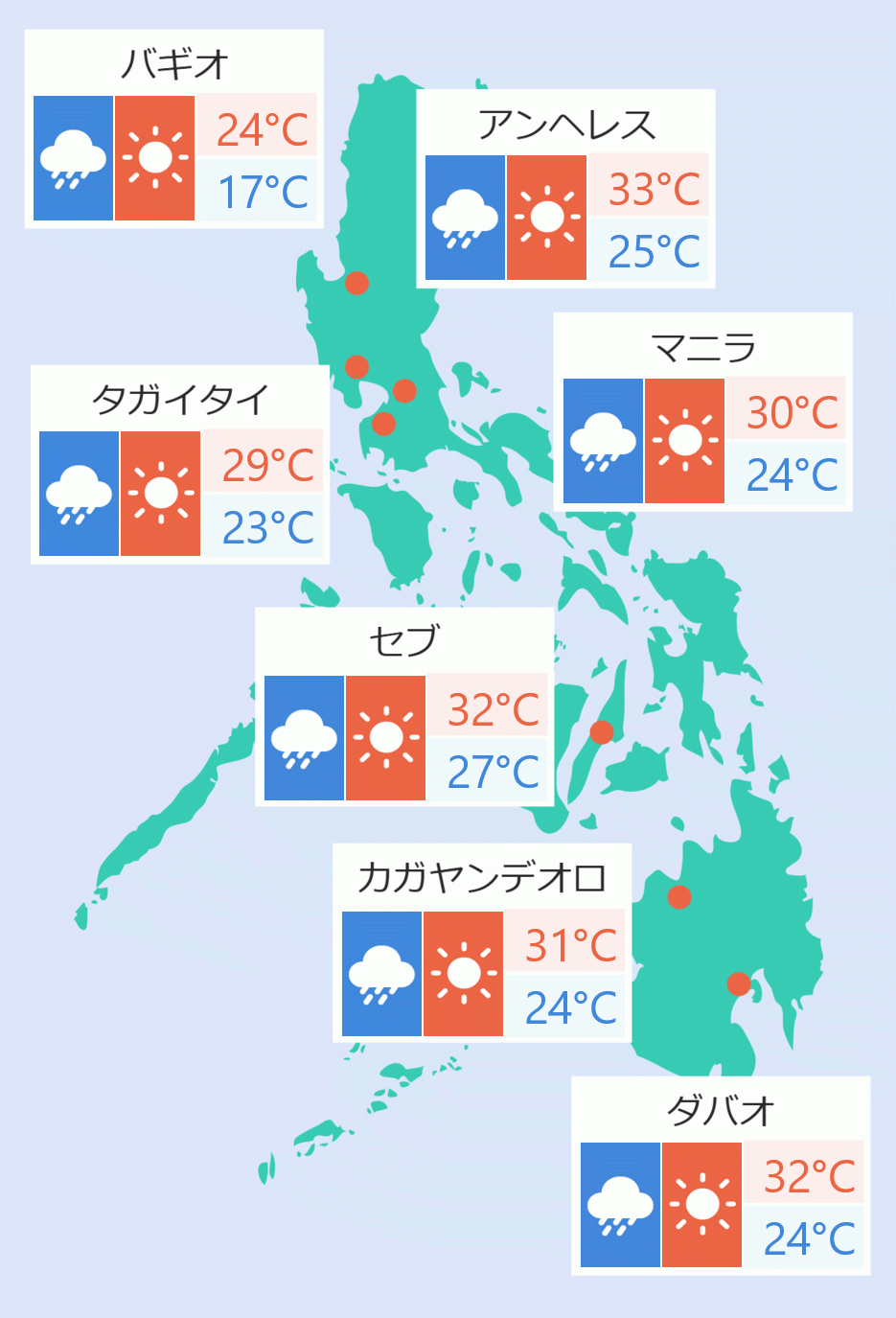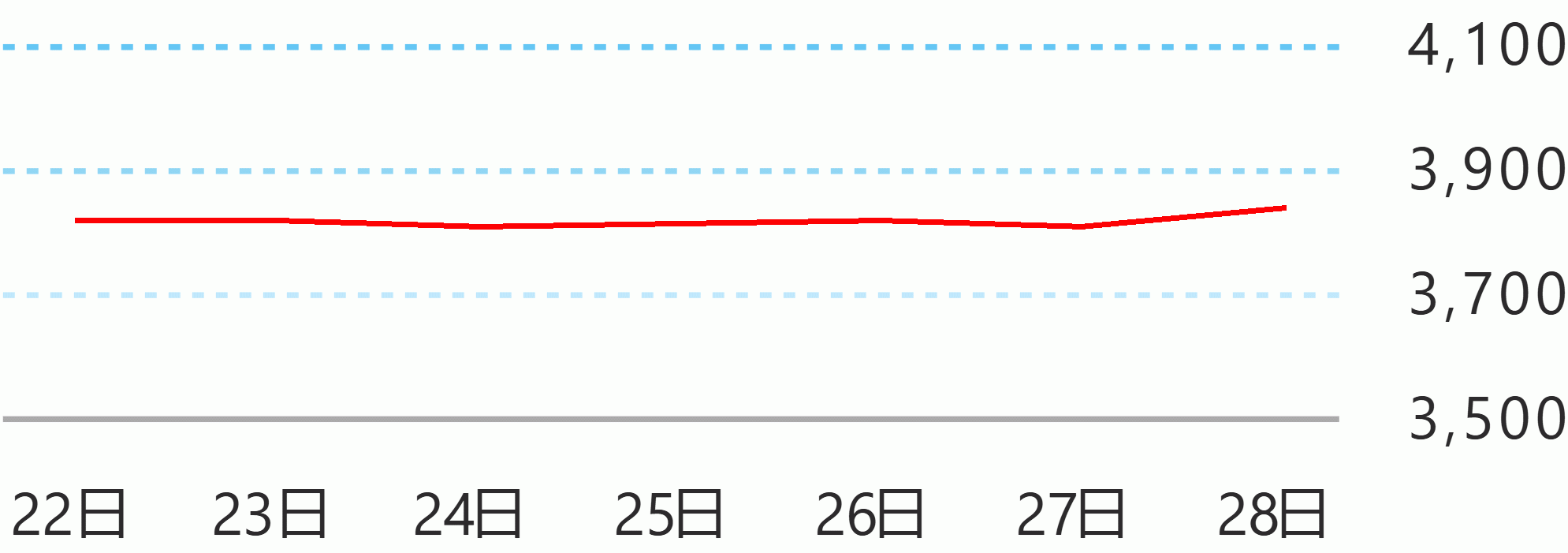The Department of Tourism (DOT) said they are confident in hitting their target on Japanese tourist arrivals for 2018.
In a media briefing Thursday, Tourism and Development Undersecretary Benito Bengzon Jr. said 530, 228 Japanese arrived from January to October compared to 490,857 last 2017.
“We are confident that we can exceed the 600,000 Japanese for the year. And just to share with you some figures for January to October this year, Japanese arrivals in the Philippines already reached 530,000,” Bengzon said.
“Easily, in the next couple of months (November and December), we’ll reach 600,000 even 700, 000,” he added.
Tourism Secretary Bernadette Romulo-Puyat said sustainable tourism and the closure of the Boracay Island are some of the reasons Japanese nationals want to visit the Philippines.
“This year alone, we’ve already visited Japan twice and they’ve been very impressed with the trust of sustainable tourism. A lot of them want to visit Boracay and they actually love the fact that we closed Boracay to be able to clean it up,” Puyat said.
“That is actually a big factor for them,” she added.
In the same briefing, Puyat said tourist arrivals this year reached 5.8 million, an increase of 7.43 percent compared to 5.4 million last year.
Though it has increased despite the closure of Boracay, the tourism chief said she is “not confident” in reaching the agency’s goal of 7.4 million arrivals for 2018.
“I’m not confident because though it has been increasing- we have to admit that the closure of Boracay, of course it’s a top tourist destination, it was closed for six months,” she explained.
But Puyat said they are confident it will surpass the previous year but will not reach their target number of arrivals.
“We are thinking back on 7.2 million (arrivals). If we reach 7 or 7.2 million, we are happy already,” she said.
For 2019, she said they have to review their National Tourism Development Plan with the Tourism Congress of the Philippines.
“(We) Will probably revise (target arrivals) because the closure really affects (the arrivals),” she said.
According to Puyat, influx of Chinese tourists is one of the factors affecting this year’s arrivals.
Around 1,059, 788 Chinese nationals arrived this year compared to 810, 807 last year.
Puyat said the relationship between the Philippines and the China is one of the major factors that led to more Chinese visiting the country.
“Definitely it is because we renewed our ties with the Chinese government so now, they been encouraged to come here in the country,” she explained.
South Korea remained the top visitor at 1, 295, 862 though down by two percent from last year. United States was second at 850, 735 arrivals from 785, 269 last year.
Though carrying capacity in Boracay affects tourist arrivals, Puyat said they are not considering to increase the number of tourists there
“No. We need a carrying capacity because if it goes over, then the Island will suffer,” she said.
“What we are doing is we are now promoting alternative destinations so at least tourists will know other destinations aside from Boracay,” she said.
The tourism department promoted Cebu as the number one city and Siquijor as the number one island when Boracay was closed for rehabilitation.
In terms of tourist revenue, the department still has to release data.
For domestic tourist arrivals, she said they have to review their plan after exceeding their 2020 goal of 86 million.
“Last year alone it was already 97 million that’s why we need to review...because we already exceeded our goals in terms of domestic tourists,” she said.
Puyat clarified there will be no Boracay-like closure once they start rehabilitating other destinations.
“Right now, we are only looking at the rehabilitation and not closure for El Nido (Palawan) and for Panglao (Bohol). More of because I think it’s unfair for those establishmentS that are compliant with the law that we will close the whole Panglao or the whole El Nido when there are a lot of establishments that comply with the law,” she said.
“My suggestion is to rehabilitate and only close that refuse to follow environmental laws,” she said.
For the coliform problem, Puyat said they already conducted to other concerned units.
“We’ve already talked about it with the LGU (local government units), DENR (Department of Environment and Natural Resources), and DILG (Department of Interior and Local Government) We’ve told them there is a need for communal water treatment plant, sewerage system. For the boats that are in front of the beach, we told them to put these on the side because it adds to the coliform level,” she said.
She also encouraged tourists and the public to be more responsible to the environment. Ella Dionisio/DMS





 English
English











